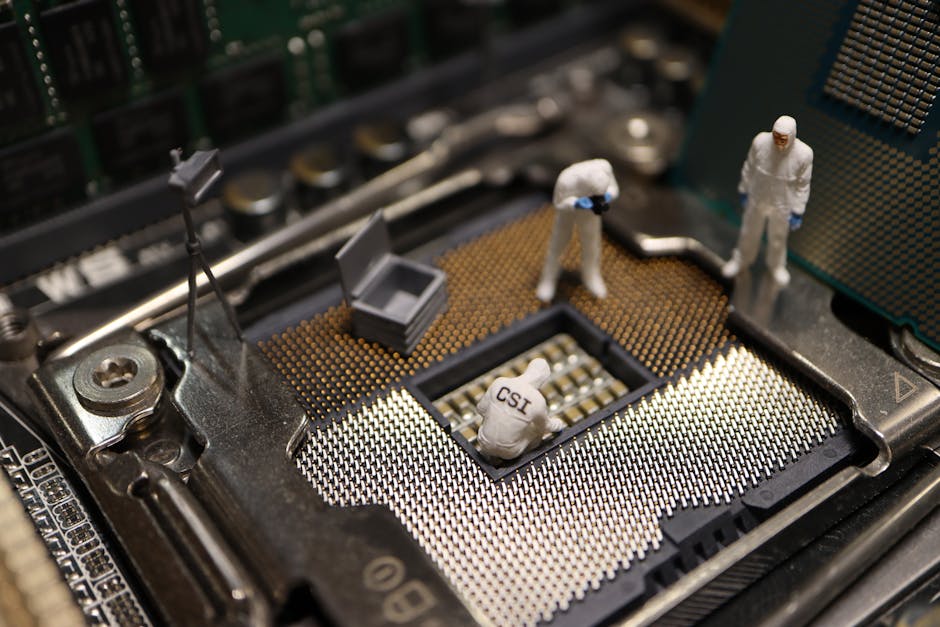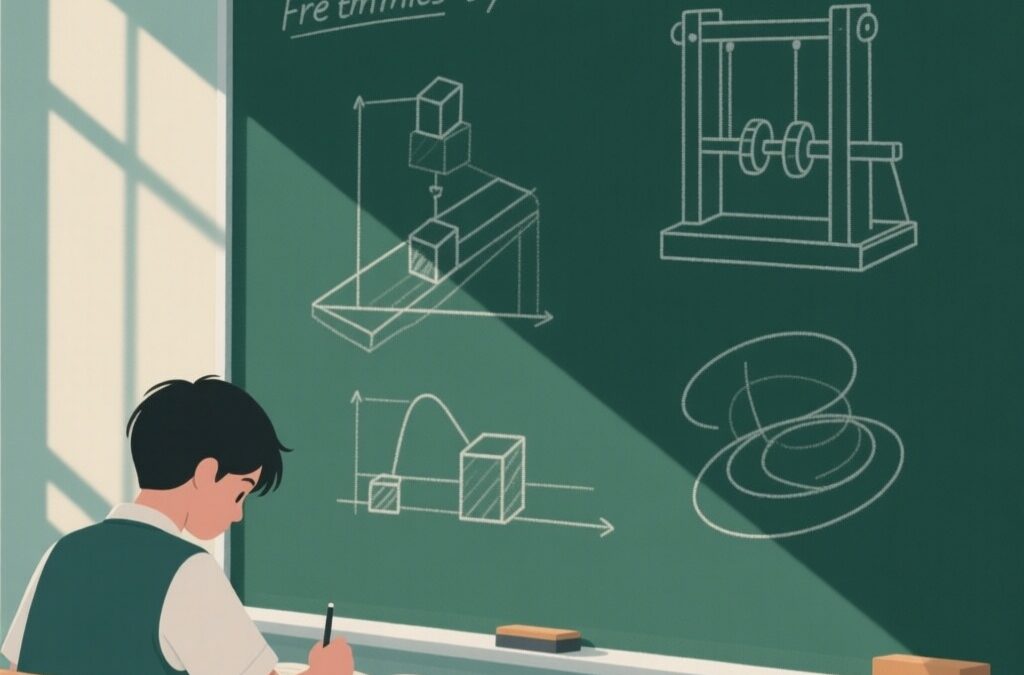The invention of the telescope marks a pivotal moment in humanity’s quest to understand the universe. This device has revolutionised our perception of the cosmos, enabling us to observe celestial objects with unprecedented clarity. From its initial conception in the early 17th century to the sophisticated instruments used today, the telescope’s evolution is a fascinating journey through scientific innovation and discovery.
“The invention of the telescope has revealed to us the immeasurable vastness of space and our place within it.”
Early Beginnings: Birth of an Optical Marvel
In the early 1600s, the world witnessed the inception of the telescope. The first practical telescopes appeared in the Netherlands, with Hans Lippershey often credited for its creation. These early devices used simple lenses to magnify distant objects, primarily for terrestrial use. However, it didn’t take long for astronomers to turn these instruments towards the heavens.
Galileo Galilei, an Italian astronomer, significantly improved the telescope’s design. His enhancements allowed for greater magnification, enabling him to make groundbreaking astronomical observations. Galileo’s discoveries, such as the moons of Jupiter and the phases of Venus, provided compelling evidence for the heliocentric model of the solar system. These findings challenged the prevailing geocentric views and ushered in a new era in astronomy.
“With the telescope, Galileo turned the impossible into the possible, allowing humanity to glimpse the cosmos’ hidden wonders.”
We also Published
- Exploring the Cosmos: Astronomy and the Wonders of the Universe
As we stand on this tiny planet, gazing up at the cosmos, we are reminded of our profound connection to the universe - Genomics and Personalized Medicine: Empowering Healthcare with Genetic Insights
Introduction In a world that’s increasingly personalized, from curated news feeds to tailored advertisements, it’s no surprise that this trend has permeated healthcare. Genomics, the study of all of a person’s genes (the genome), is at the forefront of this shift, empowering a personalized approach to medicine. Here’s how genomics and personalized medicine are reshaping […] - Why should curd and sour substances not be kept in brass and copper vessels?
Curd and sour substances should not be kept in brass and copper vessels because these metals can react with acidic foods, leading to potential health hazards. The main concern is the leaching of toxic metals into the food or liquid being stored, which can contaminate the food and make it unsafe for consumption. Here are […]
Advancements in Telescope Technology
Reflecting Telescopes
While the initial telescopes used lenses (refracting telescopes), the 17th century introduced a new design: the reflecting telescope. Isaac Newton pioneered this concept, employing mirrors to gather and focus light. This innovation addressed chromatic aberration, a major issue with refracting telescopes. Reflecting telescopes became the foundation for future astronomical instruments.
Modern Telescopes
In the 20th and 21st centuries, telescopes incorporated advanced materials and technologies, further enhancing their capabilities. Space telescopes, such as the Hubble Space Telescope, operate beyond Earth’s atmosphere, free from atmospheric distortions. These instruments have captured breathtaking images and provided invaluable data, deepening our understanding of the universe.
Mathematics and Optics in The Invention of Telescope and its Design
The invention of telescope involves intricate mathematical principles and optical theories. Reflection and refraction laws, coupled with precise calculations, are pivotal in designing effective telescopes. For instance, the reflecting telescope utilises parabolic mirrors to focus light, adhering to the equation:
\( \frac{1}{f} = \frac{1}{d_o} + \frac{1}{d_i} \)
where \( f \) is the focal length, \( d_o \) is the object distance, and \( d_i \) is the image distance.
Advanced telescopic designs also leverage adaptive optics to correct distortions caused by Earth’s atmosphere. This technology utilises real-time adjustments of mirror shapes to optimise image clarity.
The Invention of Telescope & its Impact on Science and Society
The Invention of Telescope had profound implications for science and society. It allowed astronomers to chart celestial objects with unprecedented precision, leading to the discovery of new planets, stars, and galaxies. Telescopes also enabled the study of cosmic phenomena, such as supernovas and black holes, further expanding our knowledge of the universe.
Beyond astronomy, telescopes found applications in various fields, including navigation, surveillance, and meteorology. Their versatility and accuracy made them indispensable tools in both scientific research and practical applications.
The Future of Telescopes
Looking ahead, the future of telescopes promises even more astonishing breakthroughs. The James Webb Space Telescope, set to launch soon, aims to explore the early universe’s origins and uncover the secrets of exoplanet atmospheres. Additionally, ground-based observatories are incorporating cutting-edge technologies, like interferometry, to achieve higher-resolution observations.
In conclusion, the invention of the telescope stands as a monumental achievement in human history. It transcended our intellectual limitations, unlocking the mysteries of the cosmos and fostering a deeper appreciation for the universe’s grandeur. As we continue to innovate and refine these instruments, we can only imagine the wonders that await our discovery.
RESOURCES
- Galileo and the Telescope
- The history of the telescope | Royal Museums Greenwich
- Just a moment…
- The history of the telescope | Royal Museums Greenwich
- The First Telescopes (Cosmology: Tools)
- Who Invented the Telescope | A Complete Guide 2024
- Who invented the telescope? — StarDate Online
- How the telescope became our window into the universe | Fox Weather
- Who Invented the Telescope? | Space
- Who Invented The Telescope? | High Point Scientific







0 Comments